Product Description
Sweet Iron Bevel Bit with Copper Lozenge
Sweet iron bevel bit with copper lozenge is a mild leverage bit. The sweet iron and copper combination increases acceptance and salivation. The oval lozenge is sometimes preferred over a flat French link because there are no possibly uncomfortable edges on a lozenge.
- Bevel bit for mild leverage
- Copper lozenge
- Sweet iron to increase acceptance and salivation
- Also available in stainless steel
- Bevel bits or Wilkie bits
This sweet iron bevel bit with copper lozenge, as well as all the bits we sell we sell can exchange for another model if they don’t work for your horse.
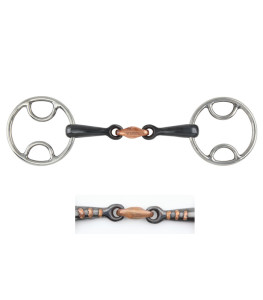
Materials (Sweet Iron and Copper)
Sweet iron is in horse bits around the world for a long time. Sweet iron then gets cold rolled carbon steel that hardened. The theory behind it is that it encourages salivation and bit acceptance.
The copper lozenge and copper inlets on the inside of the bit (facing the inside of the horse’s mouth) are there for salivation and bit acceptance.
Showjumper William Funnell goes as far as to back the claim that by combining the sweet taste of iron with the sour tang of copper, horses who are strong tense or heavy in the hand become lighter and more responsive.
Bevel Bit Design
When looking at the sweet iron bevel bit with copper lozenge, the first thing you should notice is the half-moon shapes at the top and bottom of the bit rings. That’s where the cheekpieces connect (top) and the reins connect (bottom). When pressure applies to the reins, the bevel bit rotates, sending a bit of pressure to the poll and the rest to the bit itself.
Copper Lozenge
The two joints (one on each side of the link) reduce the nutcracker effect of a regular jointed snaffle. The design allows the rider independent control over each side of the horse’s mouth. Rein pressure evenly distributes across the bars of the mouth.
They call the center of the bit a Lozenge made out of copper. It has an oval shape and preferred over a regular, flat French link. The oval Lozenge is sometimes more accepted by the horse because there are no thin edges that could be uncomfortable.

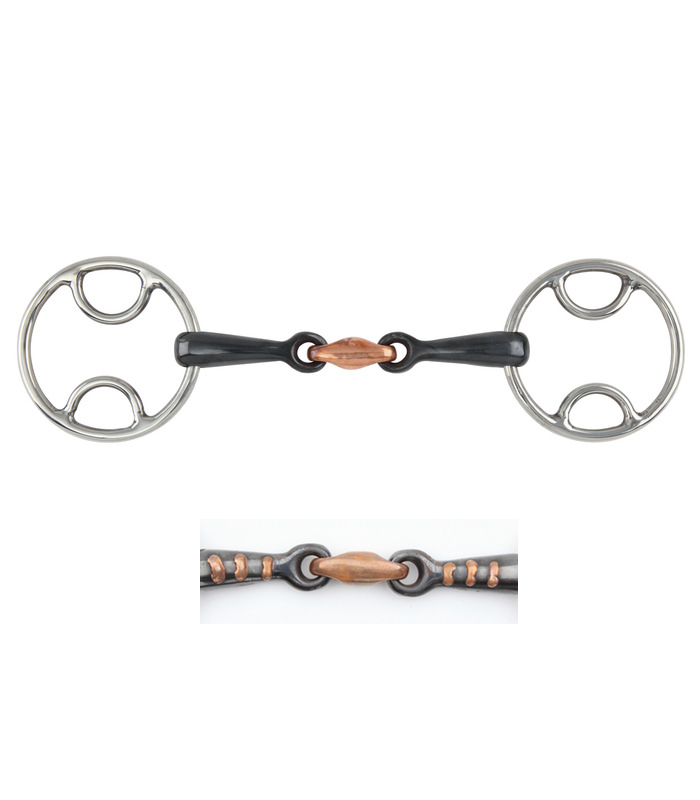
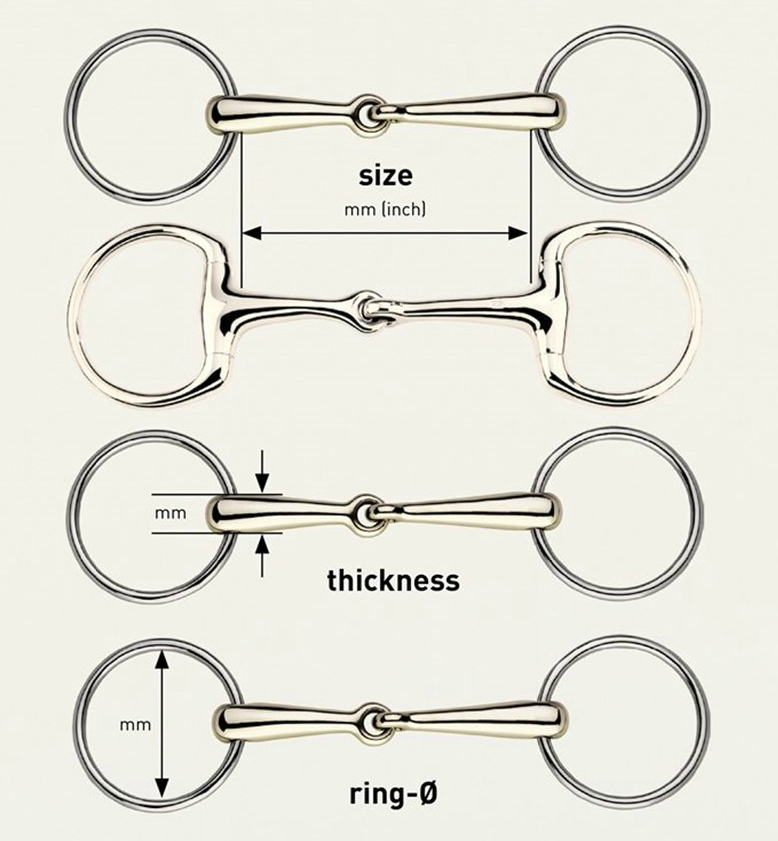

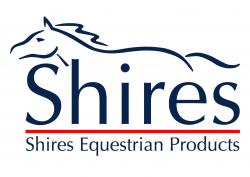
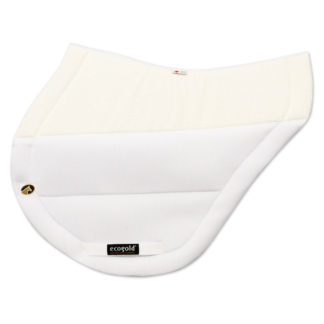
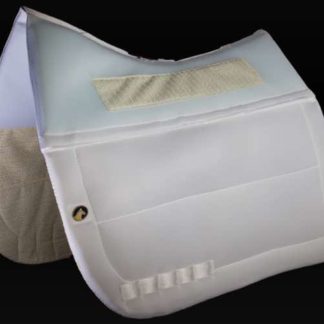
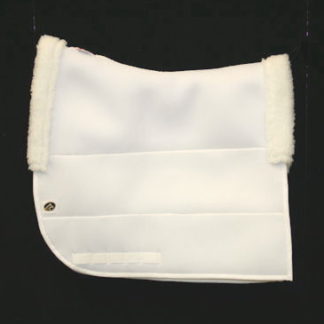
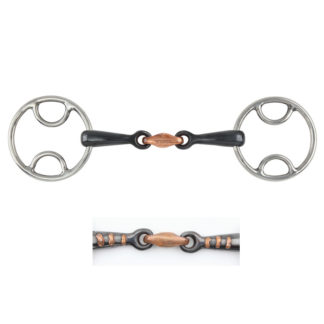
Reviews
There are no reviews yet.